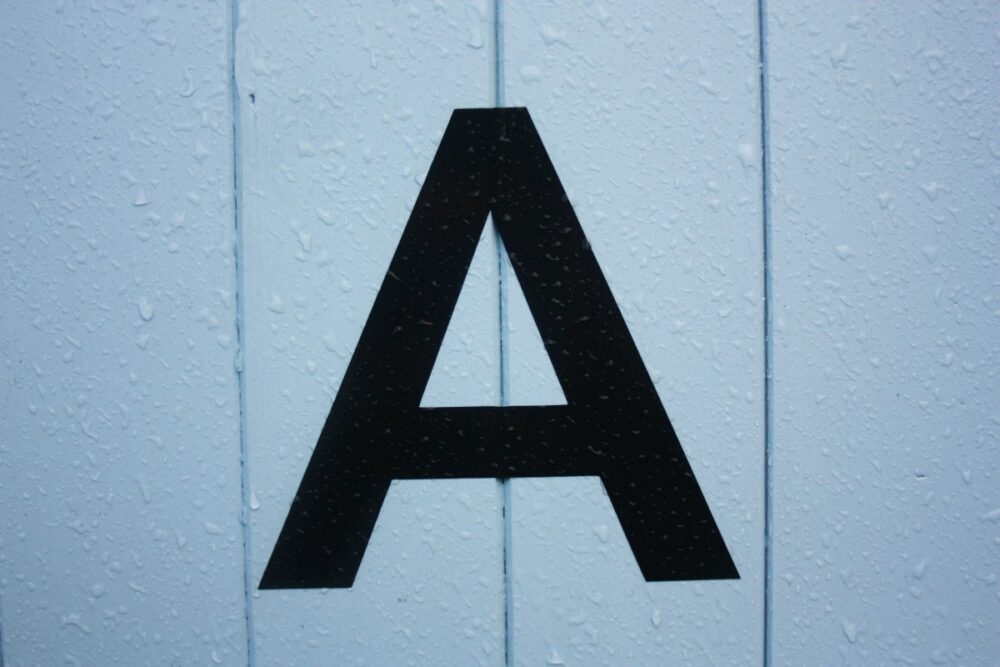Good grades dominate as the primary success measurement in school. The unfortunate aspect of this grade-driven format is that grades are not rewarded with the same guidelines across the board.
Grades come in all shapes and forms, meaning that each grade is weighted differently, and grades from one teacher are not necessarily equal to those of another, despite the academic requirements, expectations, and guidelines that define a school’s curriculum.
Not All Grades are Created Equal
For example, a traditional teacher will grade students’ performance on multiple factors: class participation, attendance, written work, class assignments, and homework assignments. In most cases, the student demonstrates learning by being attentive, joining in class discussions, performing schoolwork and homework, and tests. The teacher takes some or all of these indicators into consideration to determine the student’s overall grade.
Every student has their own unique learning needs. Some students breeze through assignments while others struggle and need to reread material until it makes sense, so they can perform well. Some just can’t get through the material, so they rely on class notes or the help from their parents.
Many students end up with very good final grades on their report cards because more weight is assigned to classwork, homework and class participation, while less weight is given to testing.
Most primary-grade teachers assess students on approximately 10 to 20 elements before delivering a final report-card grade. So, the test is one or two of the multiple elements making up the final grade; but is not weighted any differently from other assignments. In some cases, students and parents know that assignments and test grades are not congruent. The student’s performance on schoolwork and homework is strong, but test scores are weak. Given the factors that make up the final grade, which is also supposed to reflect learning, schoolwork and homework are the saving factors in the grading process.
Grades Aren’t Necessarily a Reflection of Reading and Testing Skills
Tests typically are not weighted more heavily than assignments, except in college, where test grades are the predominant factor. In high school, tests carry a heavier percentage of a grade, but they do not dominate over the other parts that make up the final grade. For this reason, a student can have a stellar report card but is not performing well on tests.
The difficulty with taking tests may not show up in a students grades, but this issue is masked with an underlying problem: weak reading skills. Poor readers often show this inconsistency between assignments and test grades. Since reading well and testing well go hand in hand, parents need to be concerned about their children who are not proficient readers. Poor readers may be able to get by and get passable, even strong grades in high school; but it’s a different story with college entrance exams and college rigor. In these cases, reading proficiency is essential to success.
Reading Words Does Not Equal Reading Comprehension
I was always befuddled by the perception of “reading.” According to my daughter’s second-grade teacher (who had a master’s degree in reading/language arts), my daughter was reading at the fifth-grade level because she could read words and answer questions by looking back for answers. It was evident to me as a reading professional that my daughter’s skills did not reflect the teacher’s assessment. Yet this inaccurate method of reading level assessment continues in schools throughout the country.
We need to move away from the notion of comparing reading words and finding key sentences to reading ability. Let’s compare reading to music: We might know the staff notes on a keyboard, yet be unable to play the song. When I was a child, learning the musical notes on the staff did not provide the skills to connect the theoretical staff-note knowledge. I was never able to read notes to sing a song or play a song on the piano. This “disconnect” is very similar to that seen in reading. Understanding the individual pieces, whether a word or a sentence, does not mean that we can combine them to achieve a comprehensive outcome.
Reading is much like piano. You need to know the notes, put them together and then practice your concerto to perfection. When readers comprehend what they read, not just recognize words or sentences, they are capable learners who not only test well, but get good grades. They find school fun and easy!
If you are looking to make your child’s educational experience fun and easy, provide them with superior reading skills. Their reward will be an effortless 4.0.
For more information, contact Cindy@rtssuccess.com

